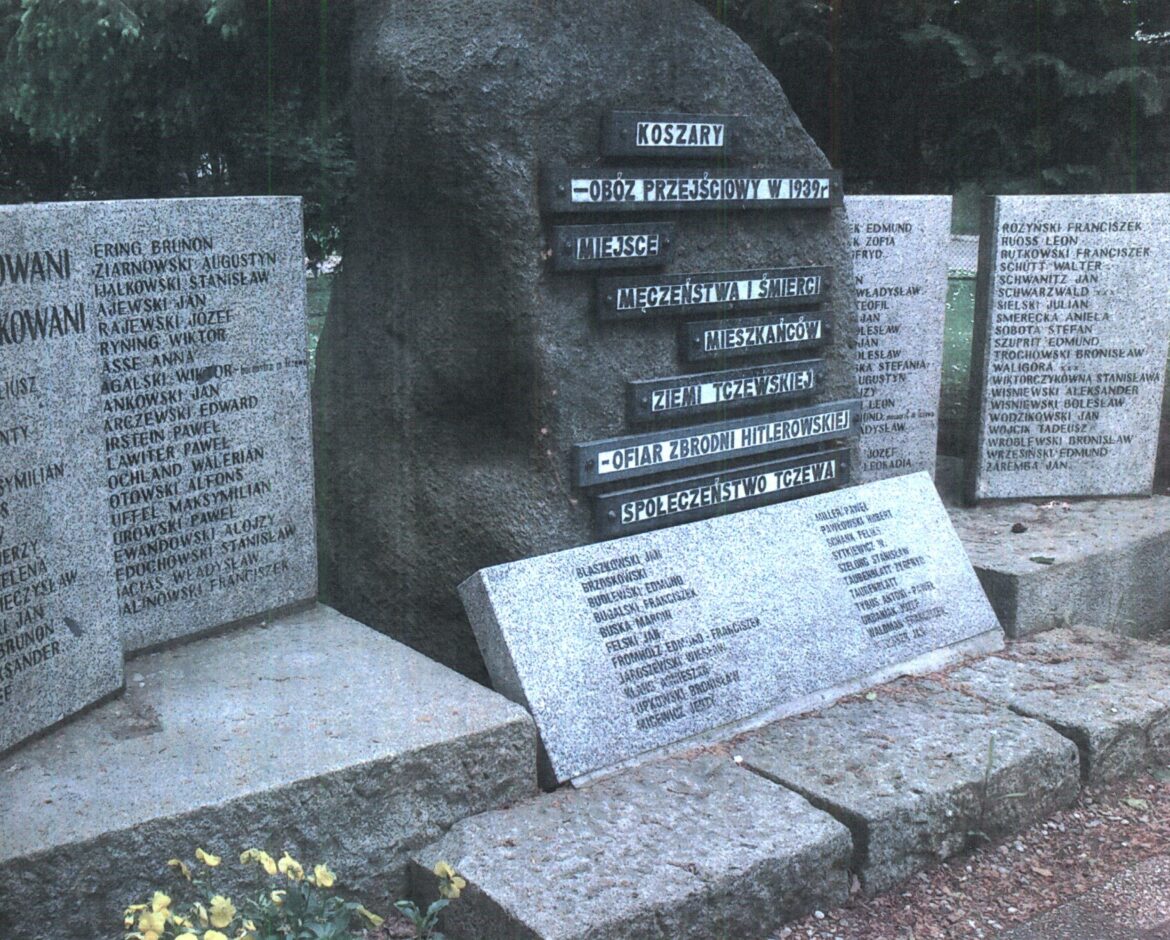For many years, the mass murders committed by the Germans against the Poles of Pomerania in 1939 were of no interest to historians. Meanwhile, for Poles, especially for the broad elite from this region of Poland, the outbreak of World War II marked the beginning of a great historical catastrophe. For Germans living in Pomerania, on the other hand, it was the day of “liberation from Polish rule”. In 1939, according to historians’ estimates, between 20,000 and 50,000 people of Polish and Jewish nationality died at the hands of the Germans in Gdansk Pomerania.
When the first German troops entered Pomerania, the so-called “de-Polishisation action” (Entpolonisierung) began. It consisted of the mass physical extermination of Poles, most often civilians, by various German military and paramilitary formations, including the Wehrmacht. According to estimates, of the 16 thousand people of Polish nationality executed in September 1939, as many as 11 thousand came from Pomerania. Albert Forster, governor of the Reich District of Gdansk-West Prussia, was politically responsible for directing the extermination process.
Who else took part in the murders of Poles? It turns out that there were many German formations that were involved in the extermination of Polish civilians. Back in the interwar period, the SS-Wachsturnbann “Einmamm” assault unit was formed in the Free City of Gdansk, which, after the attack on Poland in 1939, took part in the battles in Gdynia and Oksywie, and then murdered the defenders of the Gdansk Post Office and expelled the inhabitants of Gdynia. It later took part in the murder of the Polish population in other Pomeranian areas. Such a task was also given to the operational groups of the security police and security service – Einsatzgruppen IV and V. They were the recipients of Reinhard Heydrich’s criminal words, when he stated that the Polish leadership layers should be neutralised and people should be shot or hanged, without investigation. He added that the nobility, the clergy, and the Jews had to be ‘liquidated’. The insurgents of Greater Poland were also an important group from the point of view of German extermination policy.
In order to increase the number of victims, an independent execution platoon, Einsatzkommando 16, consisting of Gestapo officers from Gdańsk, was established on 12 September 1939. However, a special role in the terror apparatus was played by ordinary Germans, neighbours of the Poles, acting under the supervision of the SS. Initially, they grouped together in civic guard units made up of Volksdeutsche, and then the Selbstschutz, or German Self-Defence, was established. Eventually the Volksdeutscher Selbstschutz was established. The organisation was headed by Himmler’s former adjutant Ludolf von Alvensleben. It is significant that 38,000 Germans in Pomerania, almost all men between the ages of 17 and 45, joined this formation.
The killing technique was strictly elaborate. Arrests were often made at night. Sometimes Poles were ordered to report to offices under the guise of fulfilling some official duty and were caught there. The detention centres quickly filled up with Polish civilians, and when there was not enough room, internment camps were set up. Conditions there were harsh, especially as some prisoners were tortured and women were raped.
So-called people’s courts were held in the camps and detention centres. The Poles called them Mordkomission. The name resulted mainly from the fact that it was quickly realised that the execution of a person of Polish nationality could be decided by the testimony of only two Volksdeutsche confirming the anti-German stance of a Polish prisoner.
Although the “death machine” was working at full speed, von Alvensleben was not satisfied with the results of his subordinates. He believed that they were murdering too few people. At one of the Selbstschutz’s weekly meetings in 1939, he argued that ‘it would be an honour for every Pole to fertilize the German soil with his carcass’.
From their places of detention, condemned Poles were mainly sent to be shot. They died in nameless death pits, in forest glens, in fields, were buried in gravel and sand pit areas and in Jewish cemeteries. However, they did not fall only from the bullets of pistols and rifles. They were also murdered with blunt instruments, such as shovels. This is evidenced by the many shattered skulls that were discovered during the exhumation. Next to one of them, the researchers noted: “Skull of a child with remnants of black braids. Corpse clad in low-heeled shoes and remains of decayed clothing”.
The Germans did not return to the issue of the extermination action in Pomerania until 1943. Realising the military defeat in the Soviet Union, and listening to the resolutions of the Tehran conference, as well as observing the world’s reaction to the exhumation in Katyn, the German occupier set about obliterating the traces of its crimes in Pomerania. To this end, Operation 1005 was launched, which was directed by the Reich Main Security Office. Its aim was to excavate the bodies from the death pits and irretrievably destroy the corpses of the murdered. These operations were carried out throughout Central and Eastern Europe.
In 1944, Sonderkommano 1005 succeeded in destroying as many as 30 mass killing sites. In Pomerania, for example, inmates of the Stutthof camp and Jews participated in this work. These witnesses to the crimes were also murdered. Characteristically, the ashes left over from the burnt victims were sifted through special sieves because they were looking for valuables that the murdered had with them….
The Pomeranian Massacre of 1939 was the first German extermination action carried out in Poland after the outbreak of the Second World War. Only about 10,000 victims have been identified by name.





